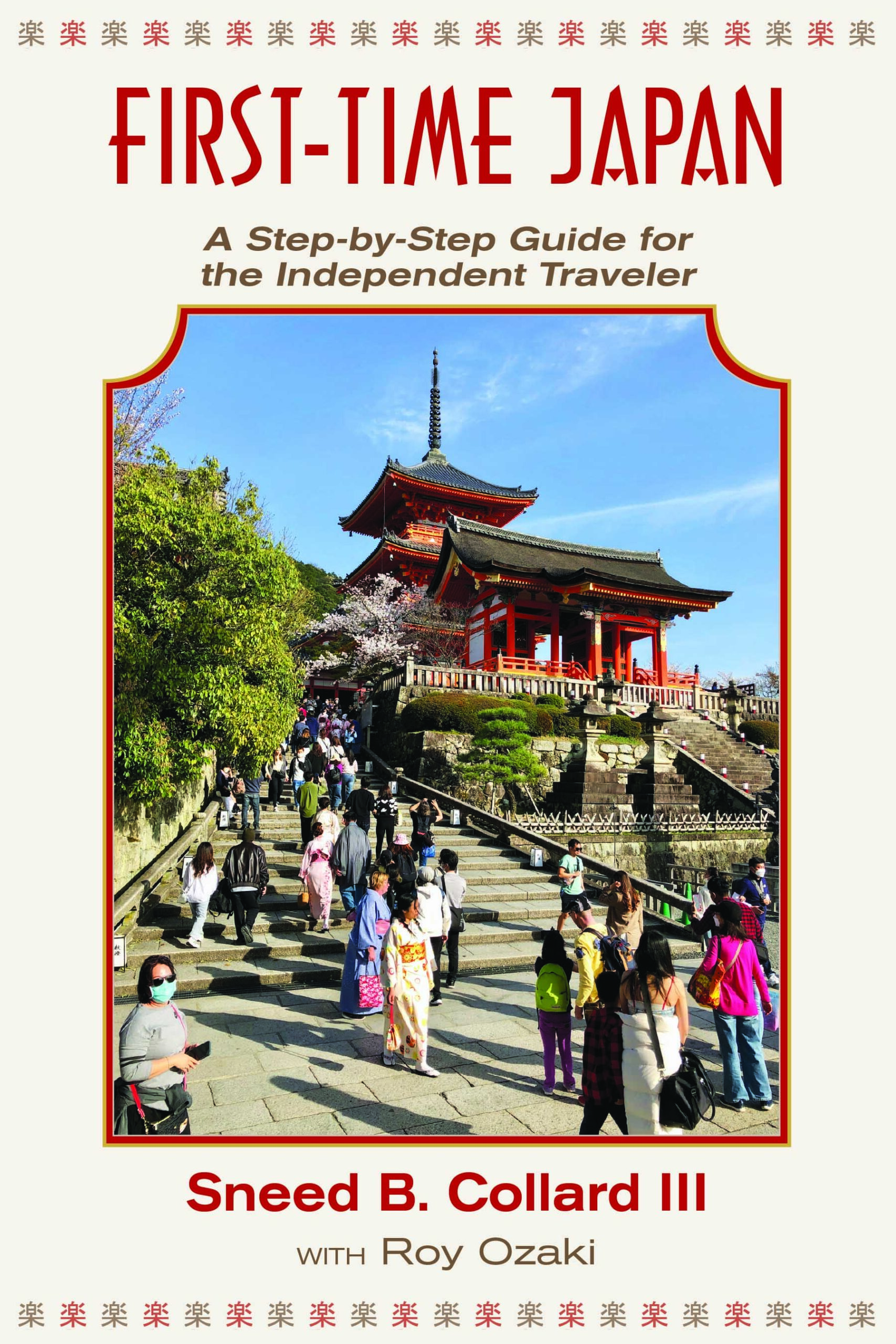
Since we published them, our birding posts about Japan have been read in more than a dozen countries. If you are planning your own trip to Japan, you’re in luck! Sneed’s new book, FIRST-TIME JAPAN: A STEP-BY-STEP GUIDE FOR THE INDEPENDENT TRAVELER, tells you everything you need to know about how to plan your trip to this remarkable, yet sometimes intimidating, country. Order now by clicking here.
This wraps up Sneed’s birding adventures in Japan. We hope you’ve enjoyed these posts, especially if you might be contemplating a birding or, more likely, semi-birding trip to this remarkable country. If this is your first time seeing these posts, please do start at the beginning so you can enjoy them all the way through. Thanks for tuning in!
After our tour around the southern part of Honshu, returning to Tokyo felt like coming home for Tessa and me, but our excitement for the world’s largest megalopolis remained undimmed. While we’d spent our first stint near Tokyo Station, I chose Shibuya for our second Tokyo visit of four nights. As expected, this part of town immediately seemed a lot more “swinging” than Tokyo Station, with gazillions of young people streaming between trains, malls, restaurants, and, well, you name it. Even better, Shibuya Station is home to the famous statue of Hachiko—the subject of a wonderful picture book by Pamela S. Turner and a pretty awful movie with Richard Gere. Having written my own heart-rending dog book, Shep—Our Most Loyal Dog, I naturally felt great affection for Hachiko.
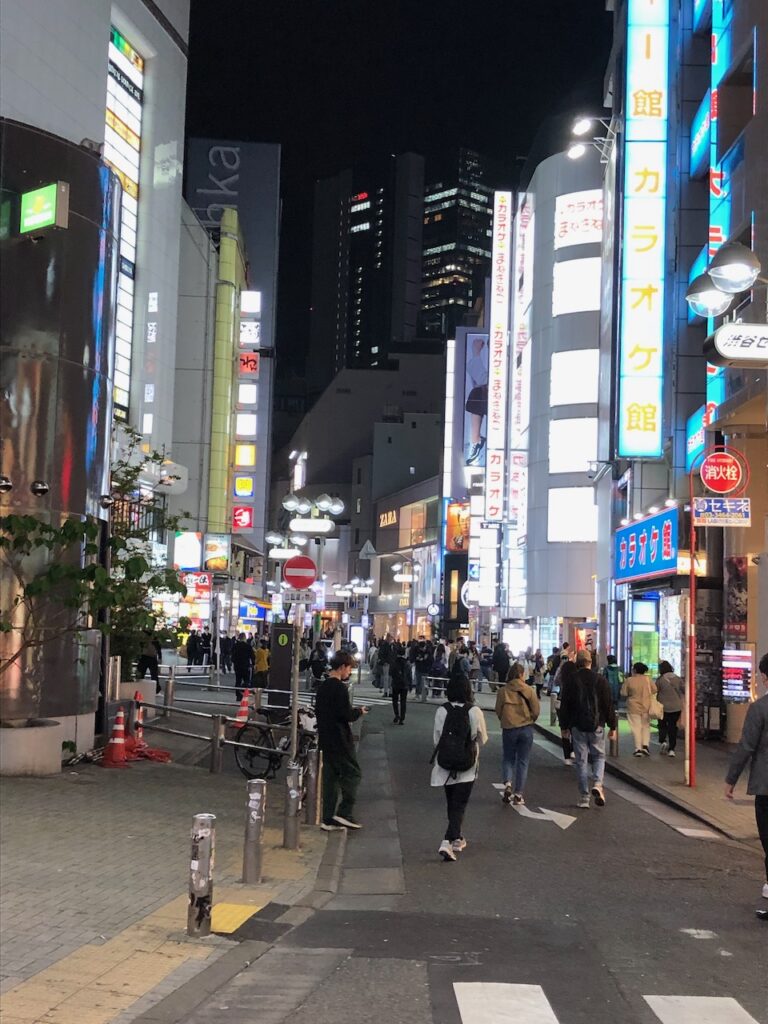

I felt less sure of my birding strategy from Shibuya, but several large parks beckoned. I also had left my beloved headlamp at the hotel near Tokyo Station, giving me an excuse to drag Tessa across town to what turned out to be one of our favorite Tokyo places, Ueno Park. The southern part of the park in particular has a large area of reed beds conducive to watching waterfowl, gulls, cormorants, and other birds.

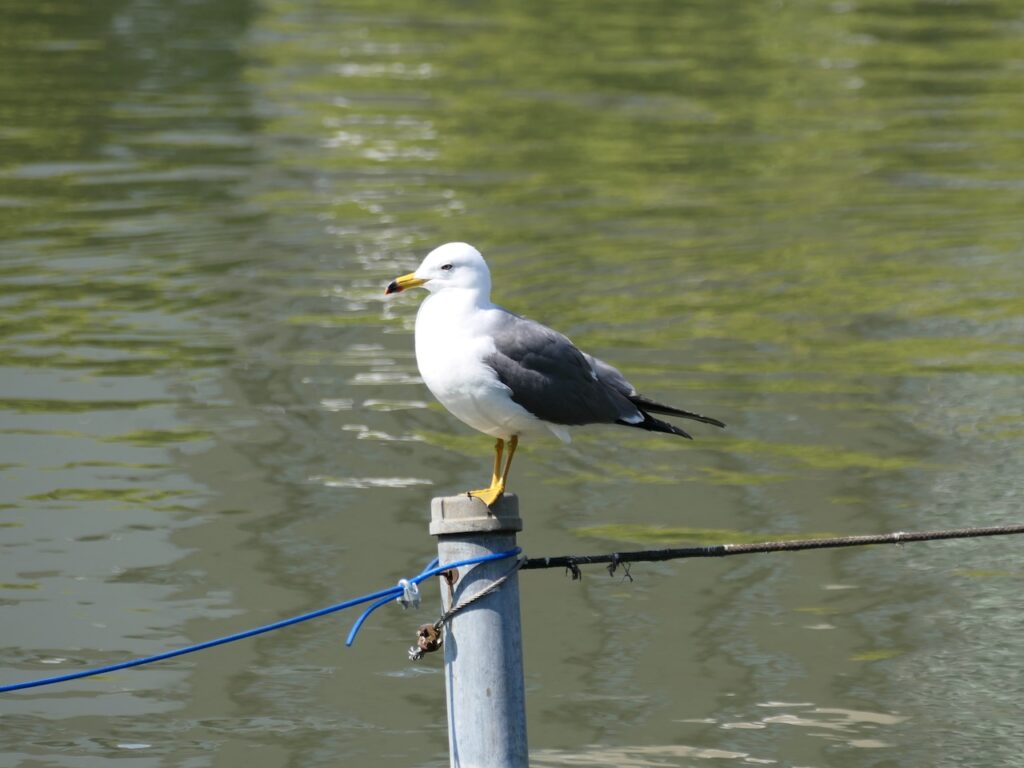
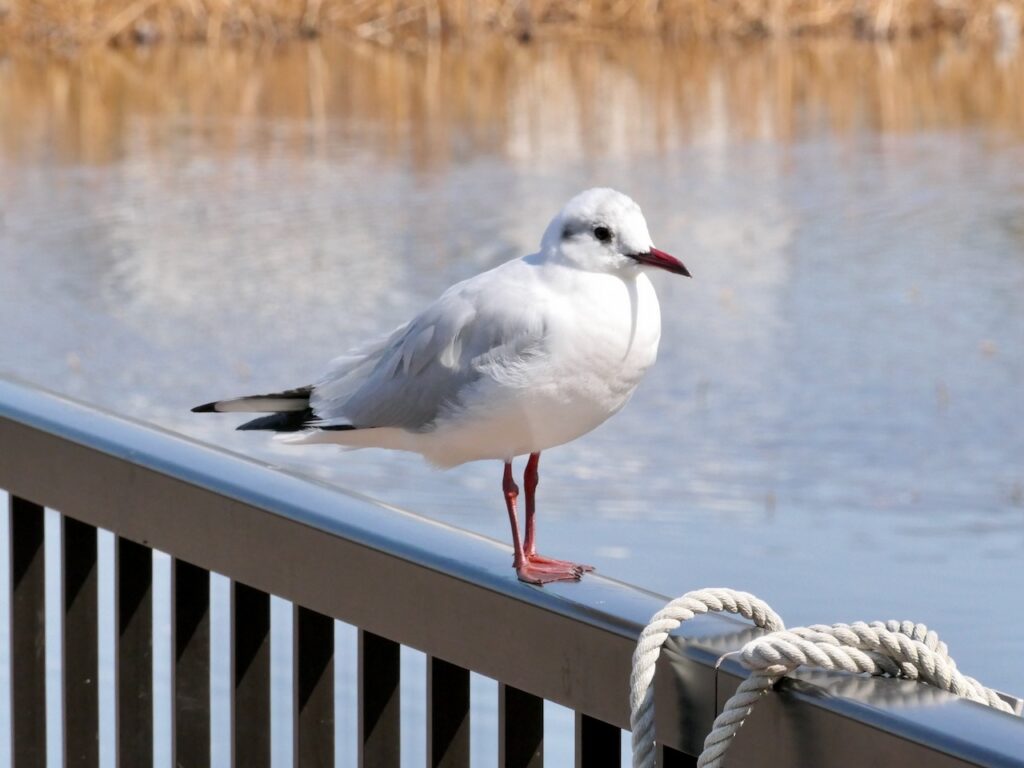
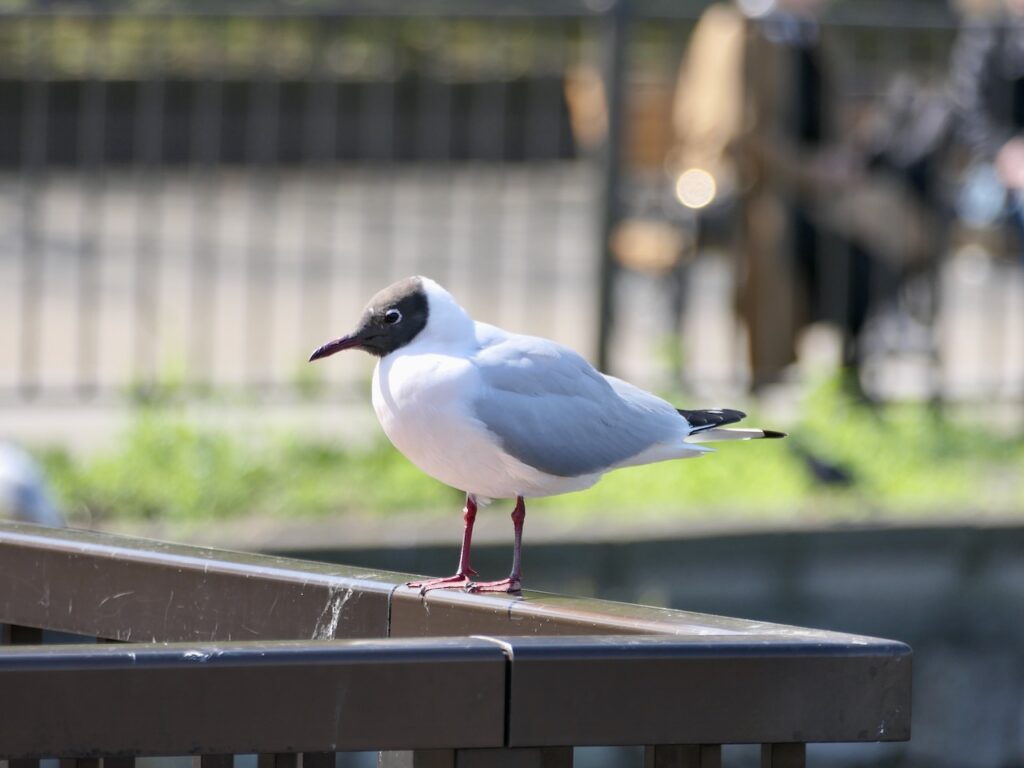
Rather than give a blow-by-blow of Tokyo, though, I’d like to use this last post to briefly reflect on my overall impressions of birding in Japan—keeping in mind that my experiences were somewhat limited by our decision to travel almost exclusively by public transport and that we didn’t go to any great lengths to reach any truly wild regions of the country. Then again, that is how most people visit Japan (unless they are shackled to tour buses), so my reflections may have some resonance for you.
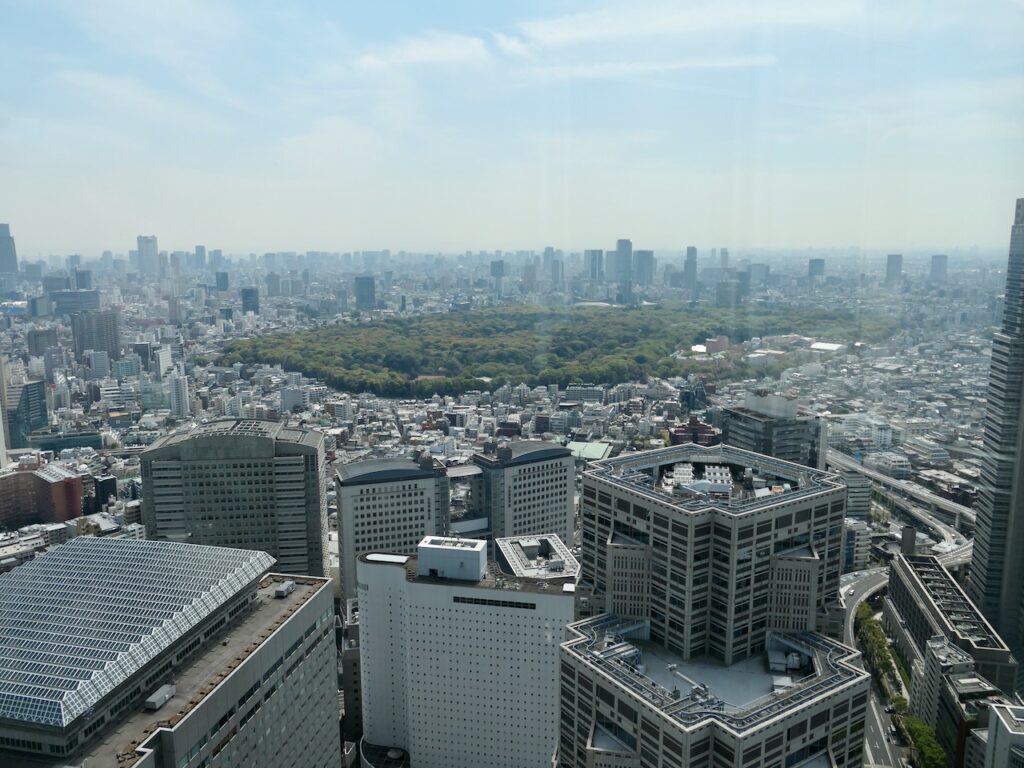
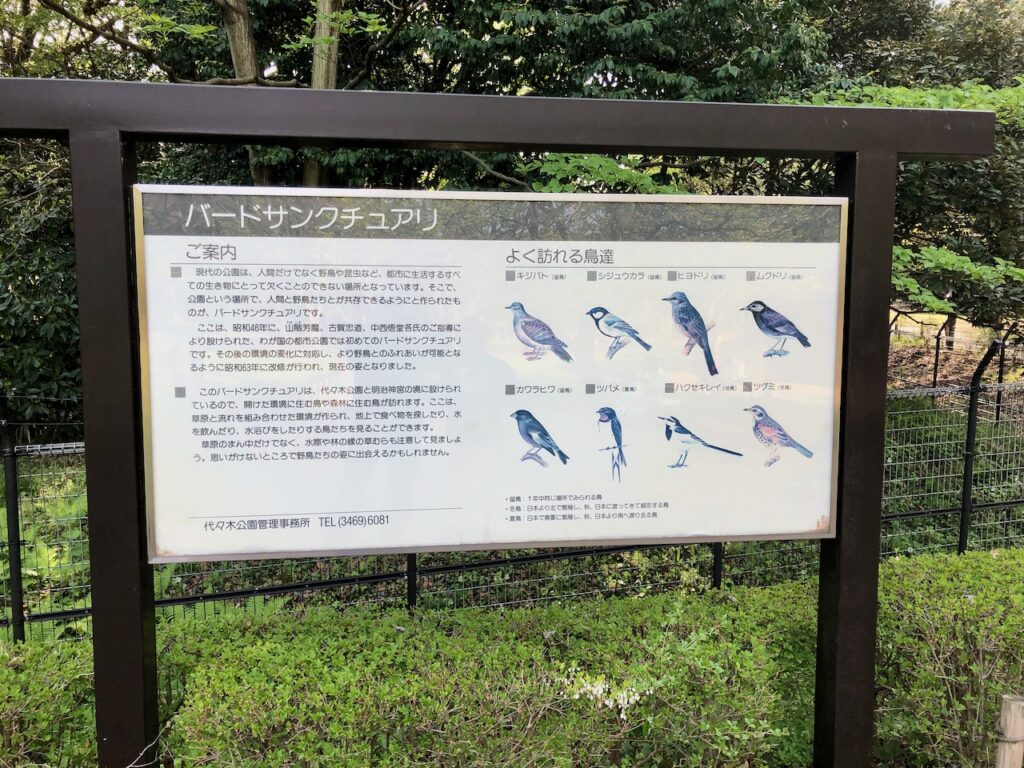
First, I didn’t find what I consider a great diversity of birds in Japan. The country has an impressive overall total, but my guess is that many of these require travel to the extreme northern and southern points of the country. Then again, as only a modestly skilled birder, I often find that less is more. Before our trip, I learned probably 70 or 80 birds—which, to be honest, was about my capacity. Also, while I thought we might hit migration season, that did not seem to be the case. Most of the birds I saw at the end of March and beginning of April appeared to be year-round residents. A month later . . . who knows?


Second, Japan does have very cool birds. I loved getting to know the common birds such as Black Kite, Brown-eared Bulbul, White-cheeked Starling, Japanese Tit, Dusky Thrush, and Eastern Spot-billed Duck. Added to these were some truly adrenaline-producing species such as Japanese Wagtail, Daurian Redstart, Little Ringed Plover, Japanese Pygmy Woodpecker, and Bull-headed Shrike. Bottom line: even in tourist areas, birders can reap big rewards by birding Japan.
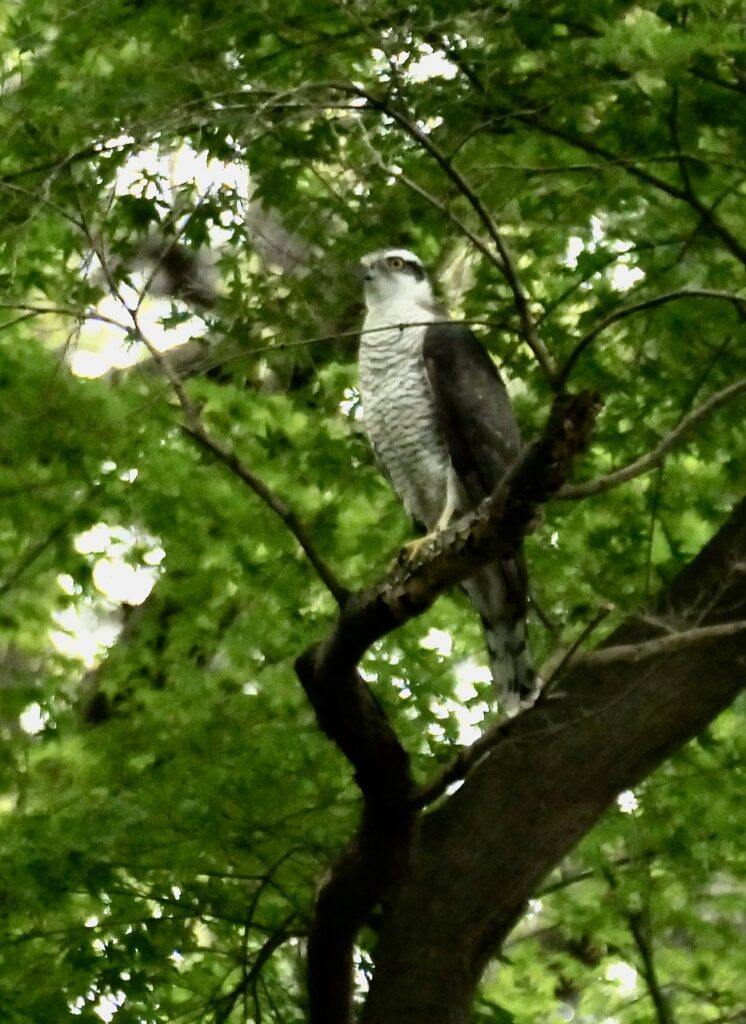
Third, if I am fortunate enough to return to Japan, I definitely want to explore some of the more way-out places. Tessa and I invariably loved the places we visited that were more off the beaten path such as Sendai and Kanazawa, and I can only imagine what it might be like to visit tropical southern Japan and the oft-frozen isle of Hokkaido.
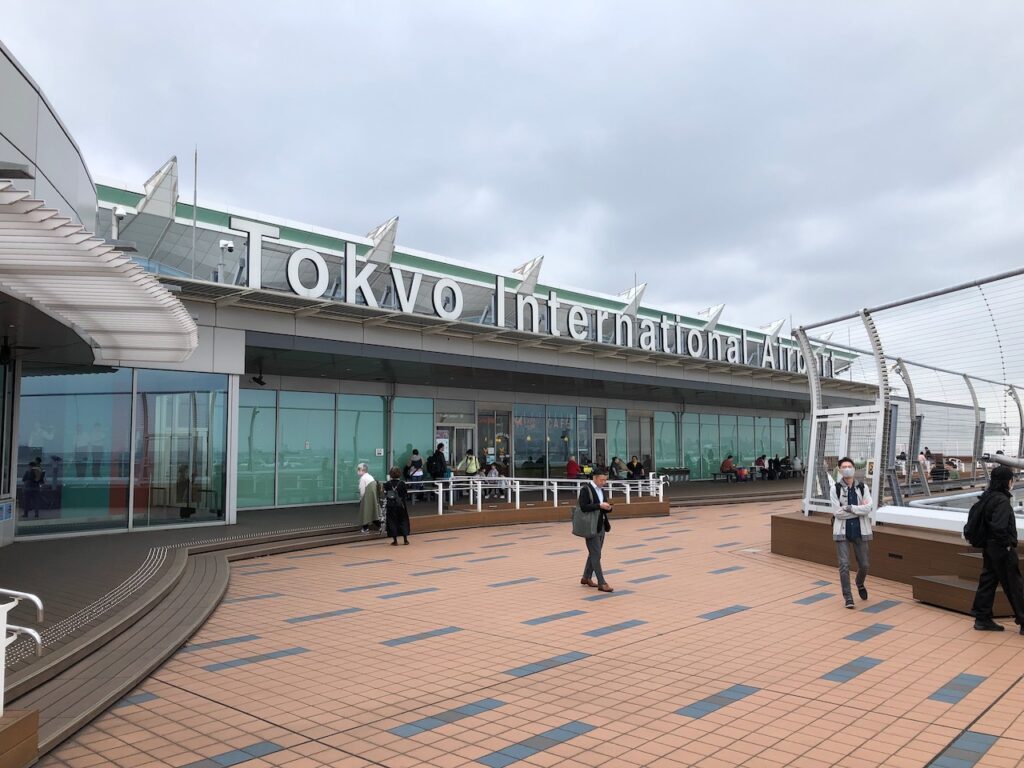
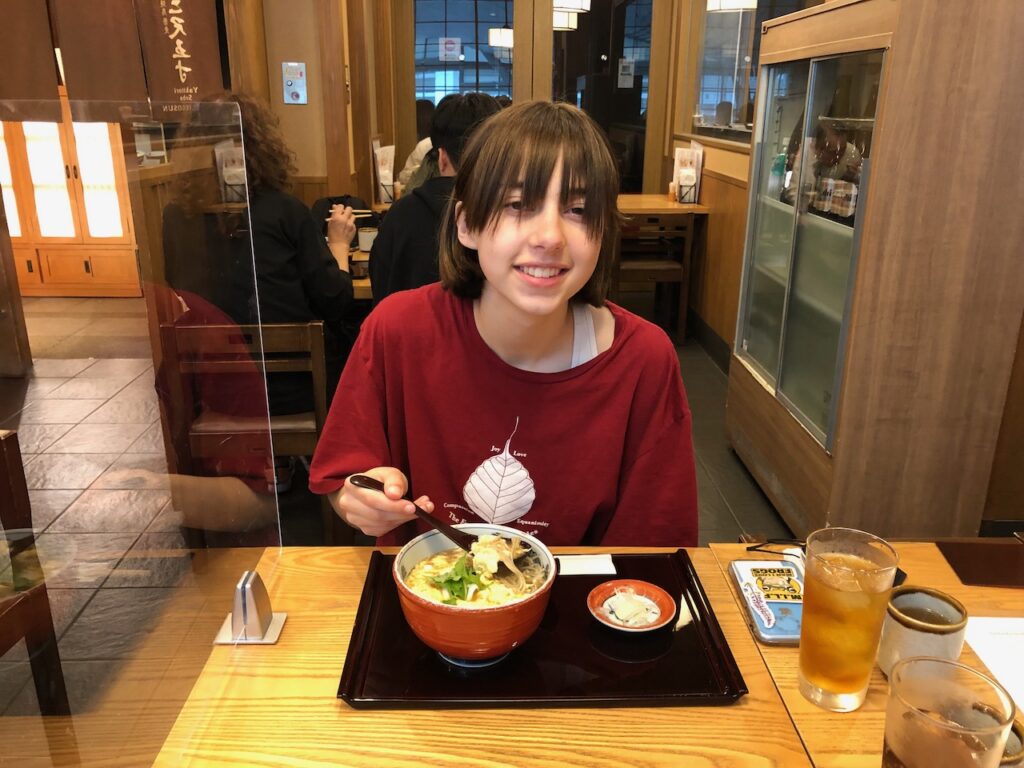
Fourth . . . well there is no fourth. It was an amazing trip, and birding played a significant role in my enjoyment of this unique, friendly, accessible country. With that, here are some stats for the curious . . .
Number of eBird Checklists: 27
Number of Species Observed: 56
Number of New Life Birds: 37
Species I’ve also seen in the US: 13
Most Common Bird by Number of Individuals: Brown Eared Bulbul (194 birds, just beating out Large-billed Crow with 193)
Most Surprising Bird: Northern Goshawk!!!
Favorite Bird: (tie) Japanese Wagtail & Bull-headed Shrike
Major Lesson: Keep Birding!
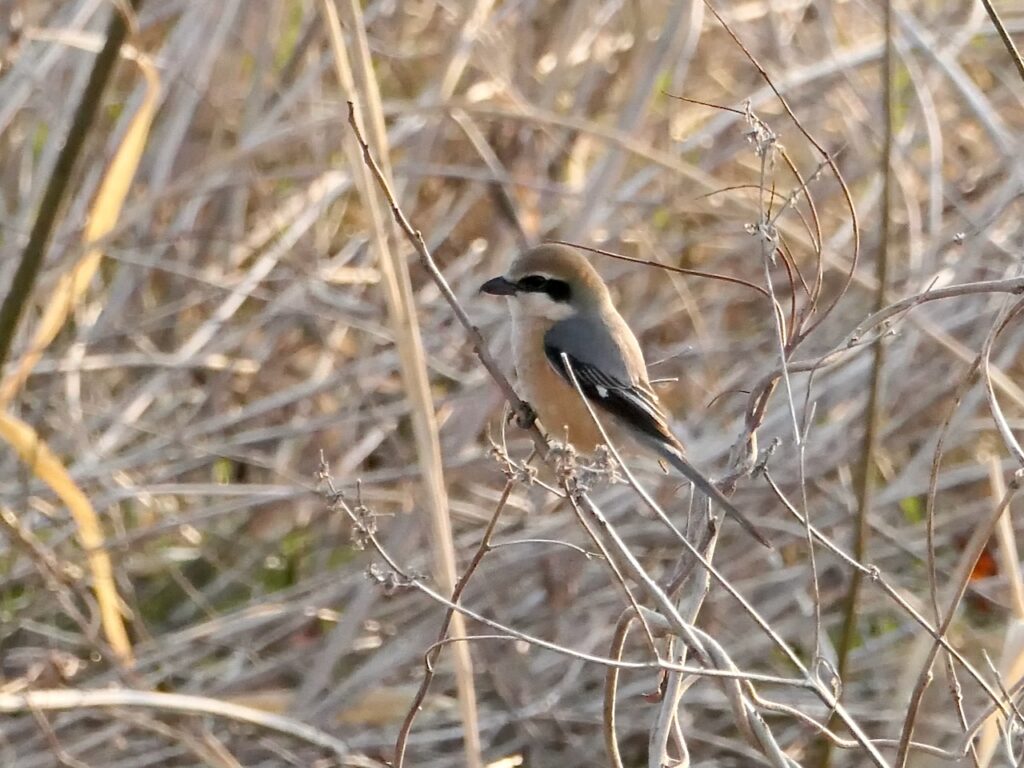


Wow…. Let there always be birds!
You will have rich sittings wherever you go on this earth. LOVED the Goshawk!
I so enjoy these postings. Bless you my family. Photos of Tokyo and birds. Lucky me! Awaiting your next post!
Love, Ma
Aaaaw, thanks Ma!
Awww, c’mon man, eBird doesn’t share the locations of sensitive species sightings, but you can. Give it up! Not like you’re gonna create a stampede of birders that could impact the NOGOs there. Great photo btw.
Hey, who is that svelte and handsome dude in the first photo?! Must be all that sushi sculpting your bodeh, lol.
I WANT a bowl of whatever Tessa is eating in that photo! Mmmmmmm!
What an adventure. Hope you get to return some day. You got me thinking. Hmmm…
Now if you buy me some good sushi, I MAY tell you where I saw it! And speaking of that meal, it was in the airport right before we left Japan–and was actually one of the better meals we had!
Despite your life tally of bulbuls now being at least 194-0 compared to mine, I must say:
Domo arigato, Mister Robirdo!